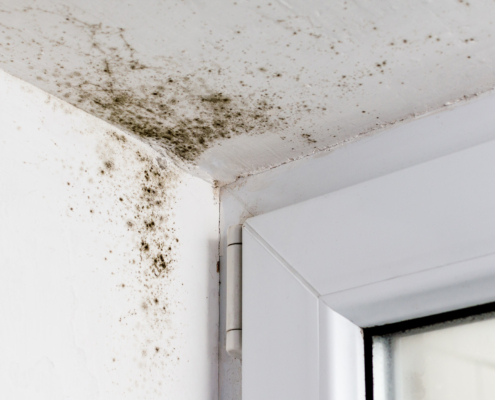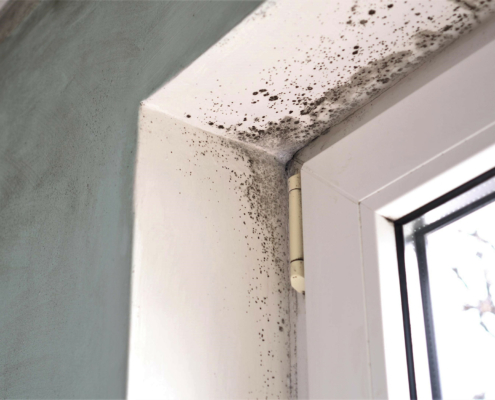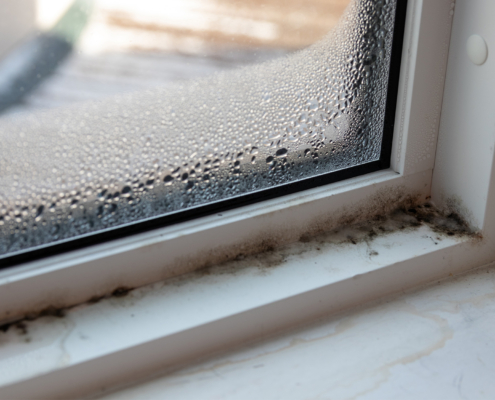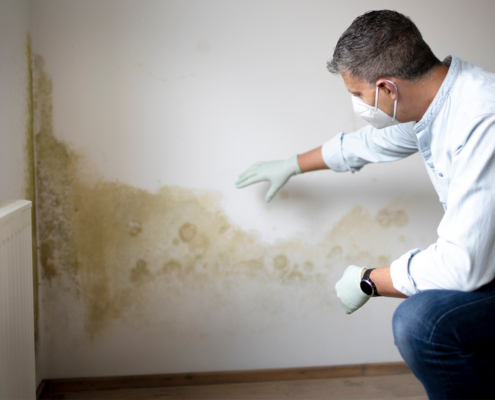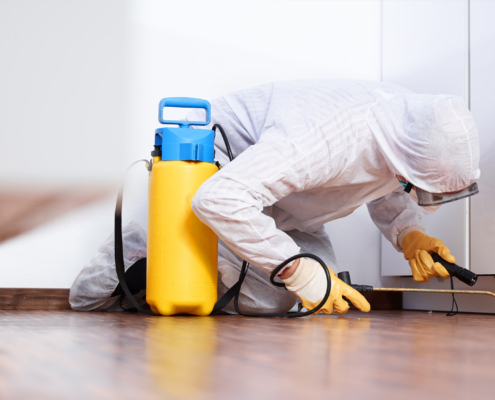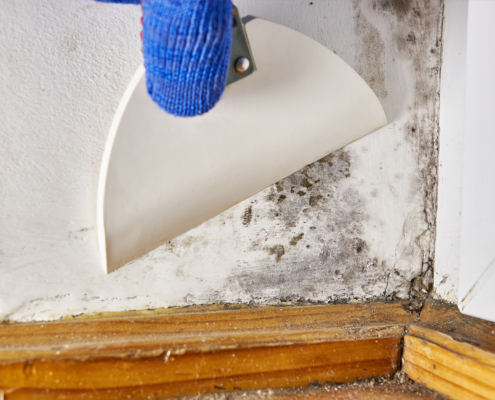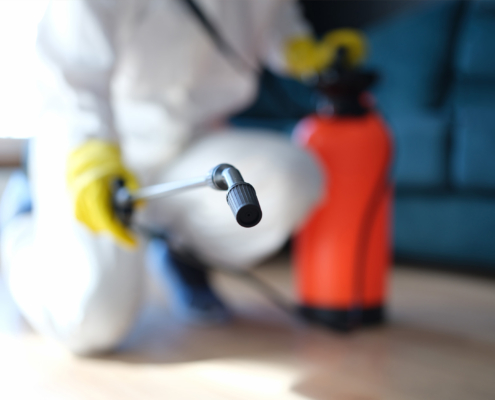 https://aeretusa.com/wp-content/uploads/2024/05/A-Property-Owners-Guide-to-Commercial-Mold-Remediation.jpg
1250
2000
Abstrakt MKTG
https://aeretusa.com/wp-content/uploads/2023/12/NEW-Aeret-Restoration-logo-AI-12.23-1-1030x210.png
Abstrakt MKTG2024-05-13 10:48:042024-05-13 10:48:32A Property Owner’s Guide to Commercial Mold Remediation
https://aeretusa.com/wp-content/uploads/2024/05/A-Property-Owners-Guide-to-Commercial-Mold-Remediation.jpg
1250
2000
Abstrakt MKTG
https://aeretusa.com/wp-content/uploads/2023/12/NEW-Aeret-Restoration-logo-AI-12.23-1-1030x210.png
Abstrakt MKTG2024-05-13 10:48:042024-05-13 10:48:32A Property Owner’s Guide to Commercial Mold RemediationHow to Read a Mold Report and Next Steps
Reading and understanding a mold report can be a daunting task. With a myriad of scientific terms and numerical values, it can often seem like an insurmountable challenge to comprehend. However, it’s crucial for homeowners and landlords to dissect these reports in order to ensure the safety and wellbeing of those inhabiting the space. In this comprehensive guide, we will delve into the specifics of a mold report, ranging from understanding various types of molds and their impacts to interpreting and taking action based on the mold report. Learn how to know when professional mold remediation is needed, how to prevent future mold outbreaks, and tips for choosing a reliable mold remediation company. We will also answer frequently asked questions about mold reports and provide insights for maintaining a mold-free environment using Aeret Restoration services.
Understanding Mold and Its Impact
Mold is a type of fungus that can grow indoors and outdoors, in all climates. It reproduces by releasing tiny, lightweight spores that travel through the air. When these spores land on moist surfaces, mold can start to grow. Indoor mold growth is a concern because it can cause damage to materials, leading to structural damage over time. Moreover, it can significantly impact indoor air quality, making the air we breathe less healthy.
One of the main reasons mold is harmful is because of its potential impact on health. People exposed to mold can suffer from a range of health problems, from allergic reactions like sneezing and coughing to more serious respiratory issues. This is why understanding and controlling indoor mold growth is critical to maintaining healthy indoor environments.
What Is Mold and Why Is It Harmful?
Mold consists of tiny fungi that thrive in moist environments. It’s not just unsightly; mold can be harmful to our health and homes. When mold grows, it releases spores into the air. These spores can trigger allergic reactions, asthma attacks, and other respiratory conditions in sensitive individuals. Some types of mold produce mycotoxins, which are toxic substances that can pose serious health risks.
Aside from health risks, mold can cause significant damage to your home. It feeds on organic materials like wood, paper, and fabric, leading to structural damage. Controlling moisture and promptly addressing water leaks are vital steps in preventing mold problems.
Types of Mold Commonly Found in Homes
- Aspergillus: A common indoor mold, often found on food and in air conditioning systems. It can cause allergic reactions and respiratory infections.
- Penicillium: Known for its blue or green appearance on food, Penicillium can spread quickly through homes. It’s often found in water-damaged buildings and can cause allergies.
- Cladosporium: This mold type grows on both warm and cold surfaces like fabrics, carpets, and wood. It can trigger respiratory problems.
- Stachybotrys: Also known as “black mold,” it’s particularly concerning due to its association with serious health problems. Stachybotrys thrives on damp, cellulose-rich surfaces such as paper, fiberboard, and gypsum board.
Identifying the type of mold in your home is crucial for determining the right approach to mold remediation. Each type has specific characteristics and health implications.
Health Risks Associated With Mold Exposure
Exposure to mold can lead to various health problems, especially for people with pre-existing respiratory issues, immune disorders, or allergies. Common health effects include:
- Respiratory problems such as coughing, wheezing, and shortness of breath
- Allergic reactions, including sneezing, runny nose, and red eyes
- Severe reactions in people with asthma or chronic lung illnesses
Long term exposure to toxic mold types like Stachybotrys can result in more serious conditions, including neurological problems and, in rare cases, death. It’s imperative to address mold issues promptly to protect your health.
Decoding a Mold Report
After professional mold testing, you’ll receive a mold report. This report outlines the types of mold present, their concentrations, and the potential health risks. Understanding your mold report is the first step in addressing indoor mold growth effectively.
Overview: Aspergillus, Penicillium, Cladosporium, and Stachybotrys
The mold report will provide specific information about the presence of different mold types such as Aspergillus, Penicillium, Cladosporium, and Stachybotrys. For each mold type, the report will detail their concentration levels and potential health risks. This information is crucial for determining the severity of the mold problem and planning the necessary remediation steps.
Spore Count and What it Means
Spore count refers to the number of mold spores found in a cubic meter of air. This count helps to assess the level of mold contamination. A higher spore count indicates a severe mold problem and poor indoor air quality. A professional mold inspector can provide advice on improving air quality and reducing mold levels based on the spore count.
Reading the Lab Analysis and Definitions
The lab analysis section of the mold report provides a detailed breakdown of the mold types and their concentrations. Terms you’ll encounter include:
- Raw count: The number of mold spores observed in the air sample
- Mold count per cubic meter: The concentration of mold spores in a cubic meter of air
- Bulk sample: A physical sample taken from surfaces to identify visible mold growth
Understanding these terms is essential for interpreting the test results accurately. If the report indicates high levels of toxic molds like Stachybotrys, immediate action is required.
Understand Your Mold Report and Take Action With Aeret
Once you understand your mold report, it’s time to take action. Aeret’s professional mold remediation services can help eliminate mold problems efficiently. Whether it’s addressing moisture problems, conducting thorough mold removal, or improving indoor air quality, Aeret has the expertise to get the job done. Don’t let mold affect your health and home. Understand your mold report and contact Aeret for effective mold solutions.
Taking Action Based on a Mold Report
Mold reports are essential in identifying indoor air quality problems and the presence of mold. If you’ve had professional mold testing and received a mold report, understanding and acting on it is crucial. The details in the mold report, like mold type, spore count, and areas affected, help in planning the next steps.
Recognizing when professional help is needed is the first step. If the report shows high spore counts or toxic mold types, professional remediation is advisable. It’s also crucial if the source of mold, like water leaks or moisture intrusion, is beyond simple DIY fixes.
Recognizing When Professional Mold Remediation Is Needed
Several signs point towards needing professional mold remediation. These include:
- A high mold count in the air samples suggest a significant mold growth problem.
- The presence of toxic mold types like Stachybotrys (also known as black mold) that can cause serious health problems.
- Visible mold growth over a large area, often indicating more extensive, hidden mold.
- Persistent mold problems despite DIY cleaning efforts, pointing to an underlying issue like moisture problems or structural damage.
Professional remediation ensures the problem is thoroughly addressed, preventing health risks and potential structural damage. Certified mold inspectors and remediation companies have the tools and knowledge to tackle these complex problems.
Want to Learn More About Professional Mold Remediation?
Check out our page and learn how Aeret Restoration deals with mold remediation below.
How to Prevent Future Mold Outbreaks
Prevention is key to avoiding future mold issues. Here are effective steps to minimize the risk:
- Regularly check for and repair water leaks and moisture intrusion points.
- Ensure good indoor air quality by increasing ventilation and controlling humidity levels.
- Perform indoor air quality testing periodically to catch potential problems early.
Adopting these practices helps maintain a healthy indoor environment, reducing mold growth risks. Remember, moisture control is the most crucial factor in preventing mold.
Tips for Choosing a Reliable Mold Remediation Company
Not all mold remediation companies are equal. To choose a reliable one, consider the following tips:
- Look for companies with certified mold inspectors and remediators who follow Environmental Protection Agency (EPA) guidelines.
- Read reviews and ask for references to evaluate their reliability and customer satisfaction.
- Ensure they conduct thorough inspections, including air sampling and moisture measurements, to identify all mold sources.
- A reputable company will provide a detailed action plan and use approved methods for safe and effective mold removal.
Choosing the right company guarantees that your mold problems are properly addressed, protecting your health and property.
Frequently Asked Questions About Mold Reports
Mold reports can be confusing. Here are answers to some common questions to help you understand them better:
What Implies a Dangerous Mold Level in a Mold Report?
A dangerous mold level in a mold report usually refers to:
- Mold spore counts significantly higher than outdoor air samples, indicating poor indoor air quality.
- The presence of toxic mold types known for causing health problems such as allergic reactions and other serious health effects.
Such findings imply immediate action is needed to address mold problems, prioritizing health and safety.
Are All Molds Covered in a Standard Mold Report?
No, a standard mold report might not cover all mold types. It typically includes common indoor mold groups like Aspergillus, Penicillium, Cladosporium, and Stachybotrys. Specialized or additional testing might be needed for rare mold types or specific health concerns.
Different testing methods, like bulk sample analysis or more detailed air sampling, might be used to identify these molds.
How Frequent Should a Business Owner Get a Mold Report?
For businesses, the frequency of mold reports depends on several factors:
- Previous mold problems or known moisture issues suggest more frequent testing.
- Businesses in humid climates or those prone to water leaks should consider annual mold inspections.
- After any significant water damage or renovation, a new mold report is advisable to ensure no new mold growth.
Regular mold inspections and reports help businesses maintain a healthy indoor environment for employees and customers.
Eliminate Your Mold With Aeret Restoration
Mold not only damages your property but also affects your health. Aeret Restoration specializes in identifying and eliminating mold efficiently. With professional mold testing, we ensure every mold spore is accounted for.
Our mold remediation services are comprehensive. We don’t just remove the mold; we tackle the root cause. By the end of our process, you will have a healthier indoor environment, free from the mold that can cause allergic reactions and other health problems. Reach out today to get started with us.


